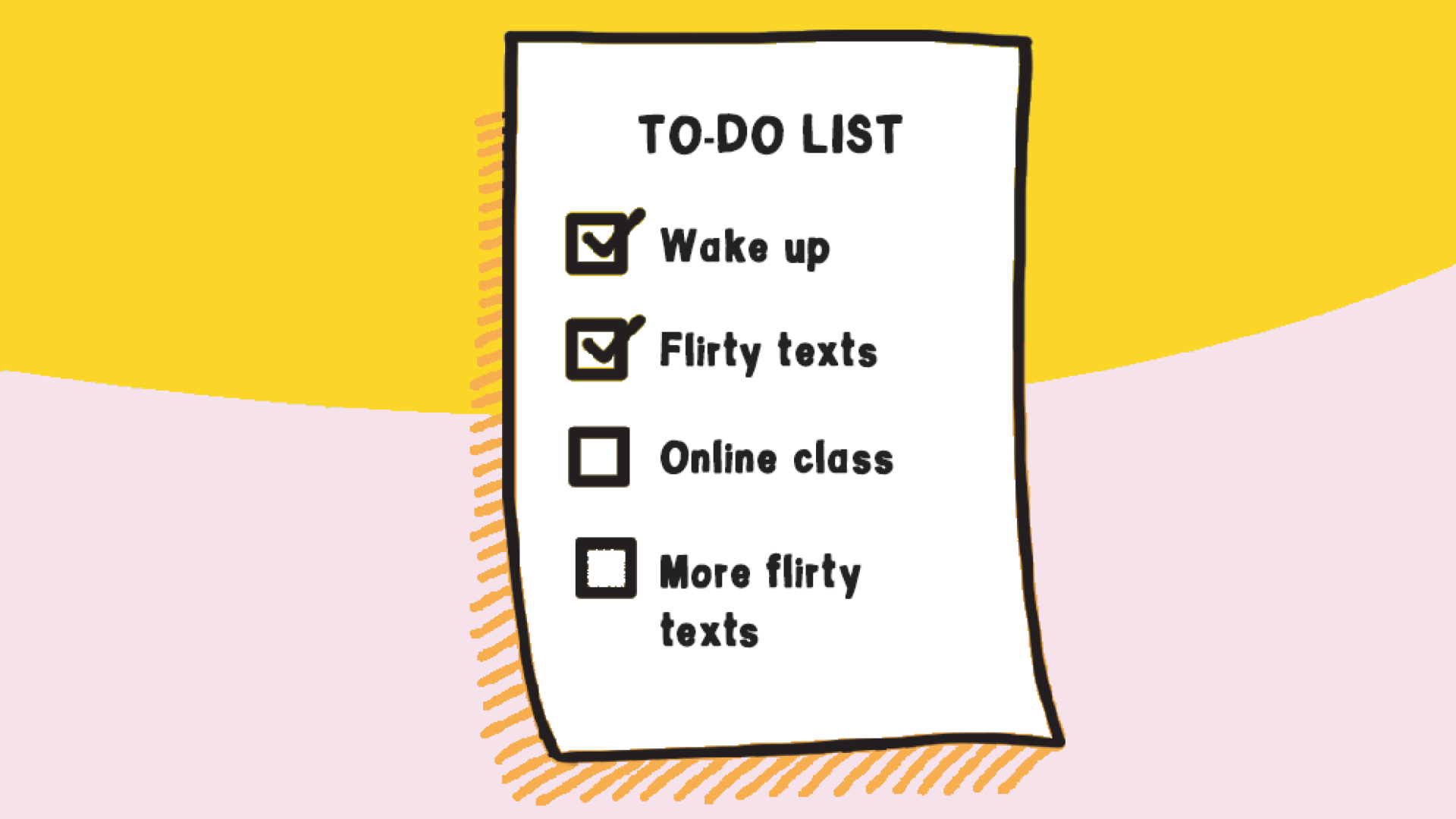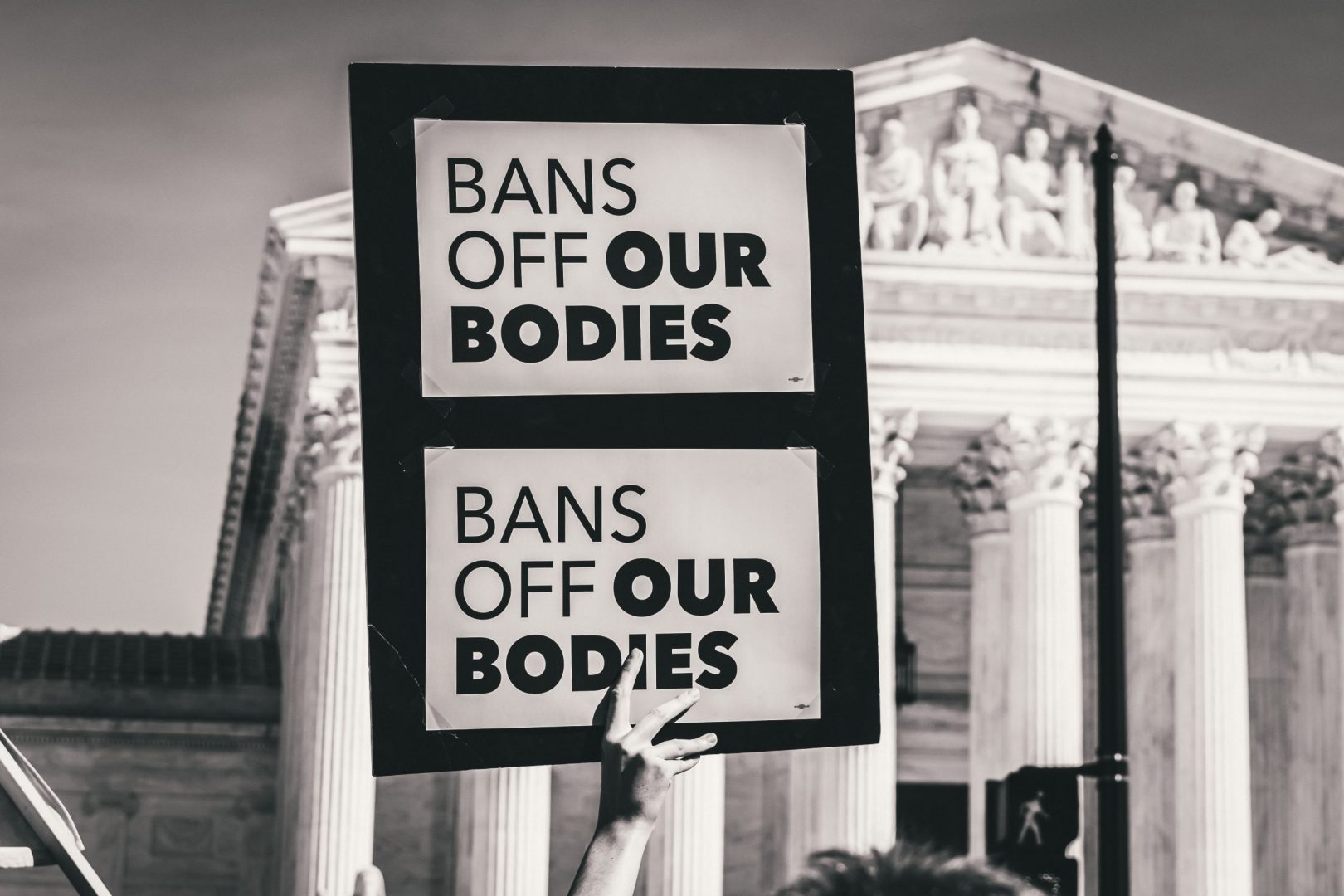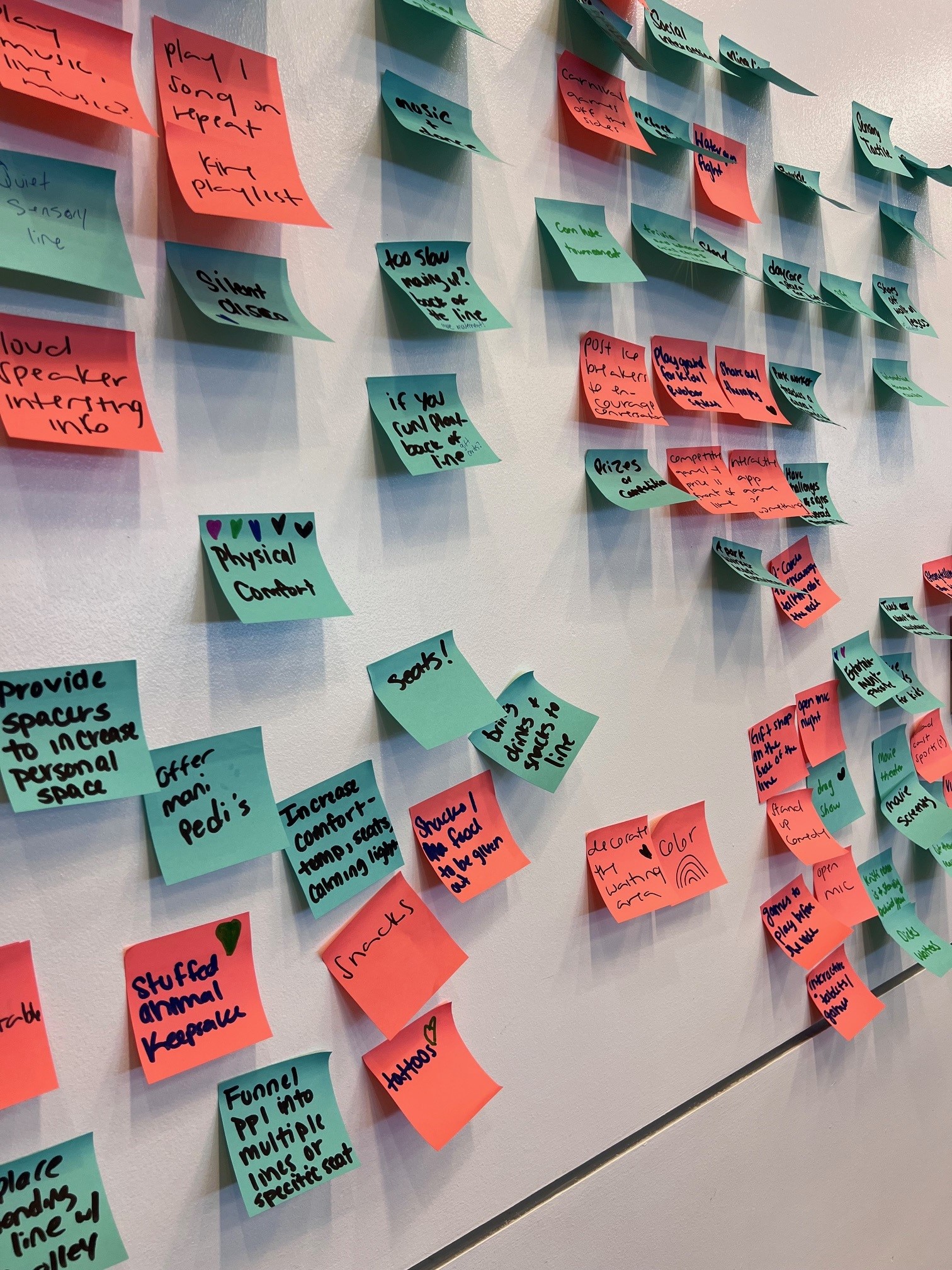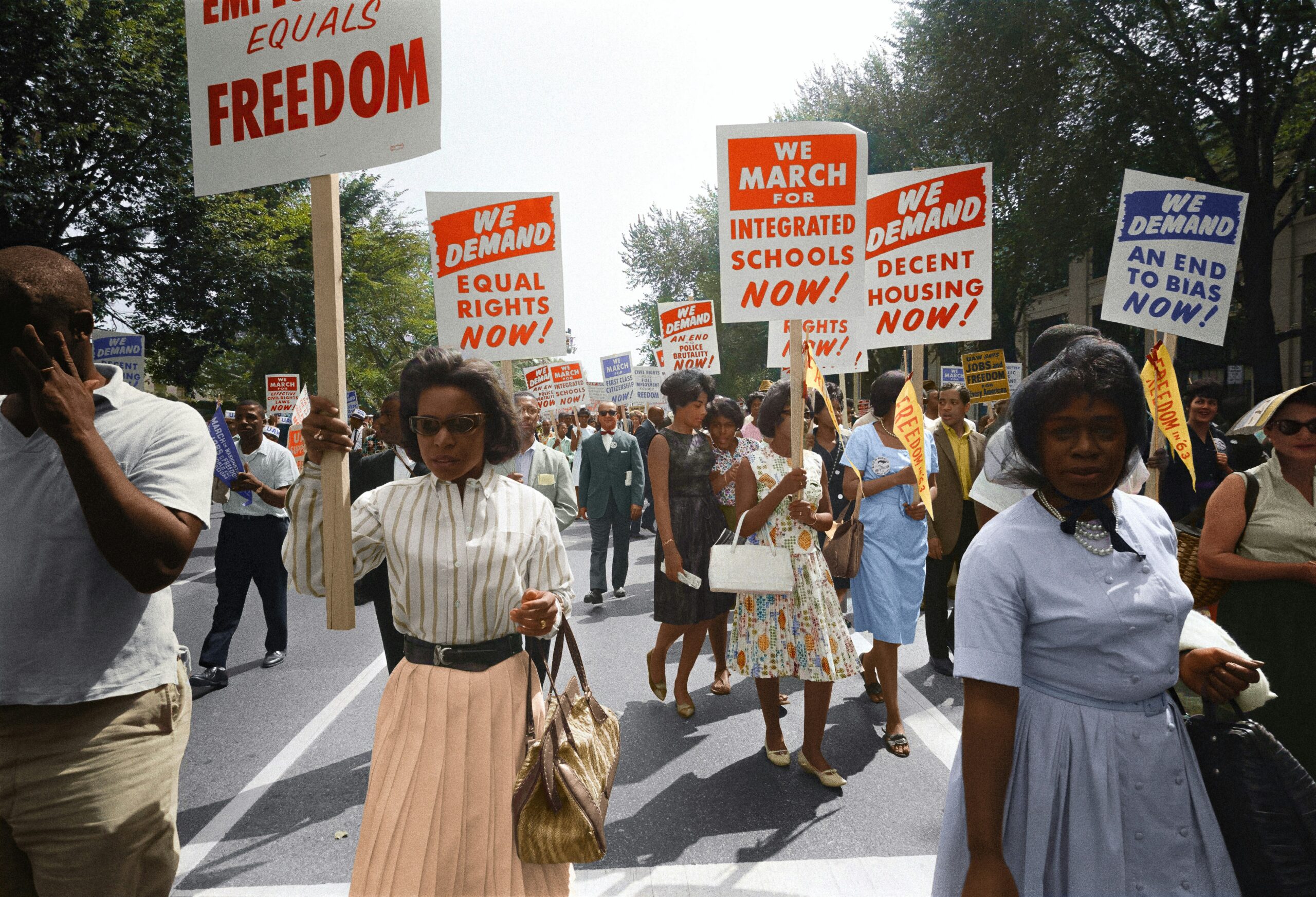To create safe, inclusive, and empowering spaces for all, the systems we operate within must recognize and support us as whole individuals with diverse needs and experiences.

Milagros Garrido, MS, PMP
October 3, 2024
T
here’s an invisible battle many of us fight every day—one that goes unnoticed because the scars aren’t visible, the symptoms aren’t obvious, and the struggles aren’t openly discussed. This battle is the reality of living with hidden disabilities. For many, the lack of understanding and awareness is a daily burden, but when you add the complexities of being a woman of color in a position of leadership (or power), the struggle becomes even more pronounced.
More than 1 in 4 adults in the United States have some type of disability, and there are countless individuals navigating life with disabilities that are not evident to the naked eye. These hidden disabilities range from mental health conditions such as depression and anxiety, to chronic illnesses like fibromyalgia, and neurodivergent conditions, such as ADHD and autism. The invisibility of these conditions often leads to misunderstanding and a lack of empathy from others. Unlike visible disabilities, these hidden struggles can be easily dismissed or ignored, making those who suffer from them feel isolated and invalidated.
For women of color, these challenges are compounded by the already difficult fight against systemic biases. How can we fit into a world that was not created with us in mind? Well, you cannot; the best that one can do is try to navigate it and fail while trying. The more I have tried, the more desensitized I become to what people can gauge, learn, or simply ask. Society often overlooks the additional layer of difficulty that hidden disabilities bring. The effort to manage these conditions while also dealing with racial and gender biases in the workplace and society can be overwhelming.
Society often overlooks the additional layer of difficulty that hidden disabilities bring. The effort to manage these conditions while also dealing with racial and gender biases in the workplace and society can be overwhelming.
Being a woman and a person of color is already a battle against a system that wasn’t created with you in mind. The professional world is rife with biases and barriers that make it difficult for women of color to advance and be recognized for their talents and contributions. When you add hidden disabilities into the mix, the struggle becomes exponentially harder. It’s like running a marathon with weights strapped to your legs, while everyone else is running without any burden.
As a woman of color, you’re not just battling your own internal struggles, but you’re also fighting against external perceptions and prejudices that manifest in many ways in the workplace, such as microaggression and racial gaslighting. There’s an expectation to be twice as good to get half the recognition, and hidden disabilities make this an even taller order.
The mental and emotional toll of managing these intersecting identities can be profound, leading to burnout and mental health challenges. I have started feeling that those intersection identities alone can be hard to navigate in a society that was not created with you in mind, but what makes it harder is being in a leadership position. You must wonder why? Well, your needs become secondary, and you don’t have somebody but yourself to advocate for you.
When you lead a department, an organization, a team, a coalition, or any similar body encompassed by multiple individuals, part of your job is to ensure the well-being of those under your supervision or leadership. But what about you? Who advocates for you? And who supports you? Unfortunately, we live in a hierarchical society where, more often than not, organizations have ladders and tiers, so the higher up you get, the more power you seem to get, but the fewer protections you have.
As leaders, we strive to create environments where our teams feel safe, valued, and heard. But how do we create these safe spaces for those under us when the system doesn’t even recognize us as individuals, and we ourselves don’t feel heard or seen? This is the paradox many women of color in leadership face. We are tasked with fostering psychological safety for our teams, while we might not have it ourselves. Women of color are more likely than white women to face disrespectful and othering microaggressions which makes it harder to speak up, take risks, and surface concerns at work.
Psychological safety is the belief that one can speak up, take risks, and make mistakes without fear of negative consequences. It’s hard to cultivate this environment for others when you are constantly guarding against the very system you operate within. The effort to shield your team from biases and discrimination, while simultaneously navigating them yourself, is an exhausting and often thankless job.
The struggle to create a psychologically safe space for your team can come at a personal cost. Many women of color in leadership find themselves losing their own sense of safety in the process. The weight of ensuring others feel secure and supported can lead to neglecting our own mental and emotional well-being. It’s a precarious balance, and the cost can be high.
For me, most things in life end up with the question: How can I make things better, so my daughter doesn’t have to navigate and go through the same struggles that I do? How can I make an impact, so she doesn’t have to worry about the things I do? What do I need to do, so she can be seen and heard without having to ask for it?
To truly support neurodivergent individuals and those with hidden disabilities, we need systemic change. This change includes greater awareness, understanding, and accommodation of these conditions in the workplace. It means recognizing the unique challenges faced by women of color and addressing the biases that make their journey even harder.
It’s time for organizations to step up and create inclusive environments where everyone, regardless of their visible or hidden disabilities, gender, or race, can thrive. Creating inclusive environments involves training, policy changes, and a commitment to diversity and inclusion that goes beyond lip service.
For those of us in leadership, it means advocating for these changes, not just for our teams, but for ourselves as well. We need to ensure that the systems we operate within recognize and support us as whole individuals with diverse needs and experiences. Only then can we truly create safe, inclusive, and empowering spaces for all.
Milagros Garrido, MS, PMP, is the Director for our Innovation and Research Department at Healthy Teen Network. Always ready for a challenge, she is at her best when she is finding clever and new ways of using technology to make the seemingly impossible a reality. Read more about Mila.







